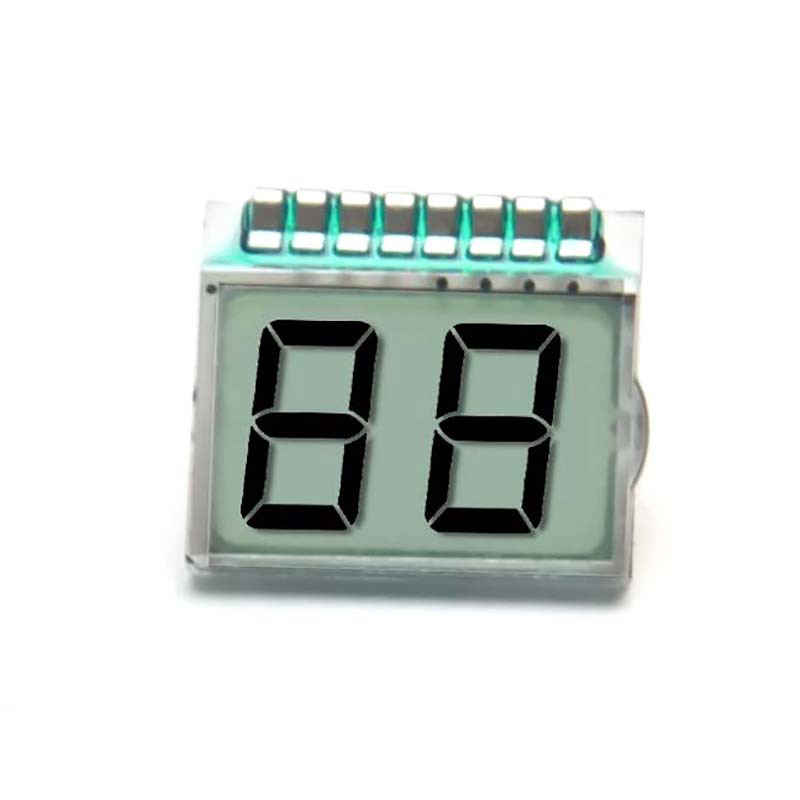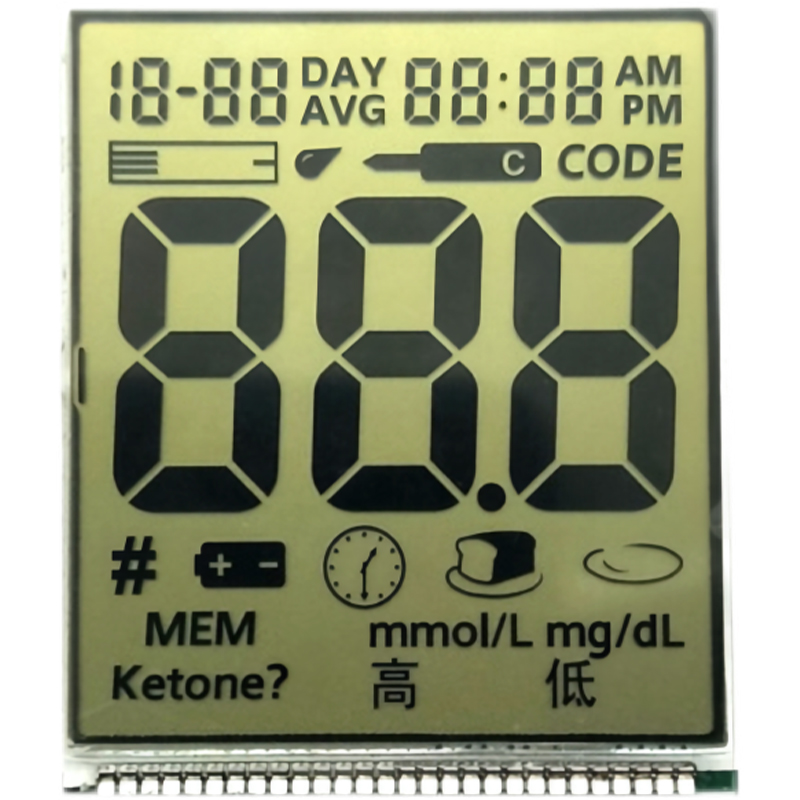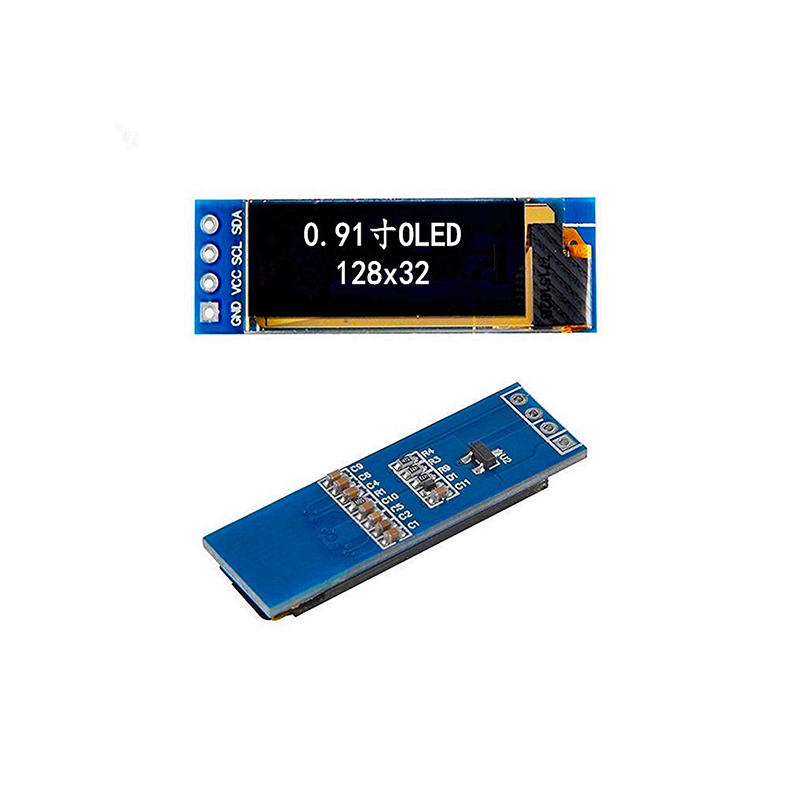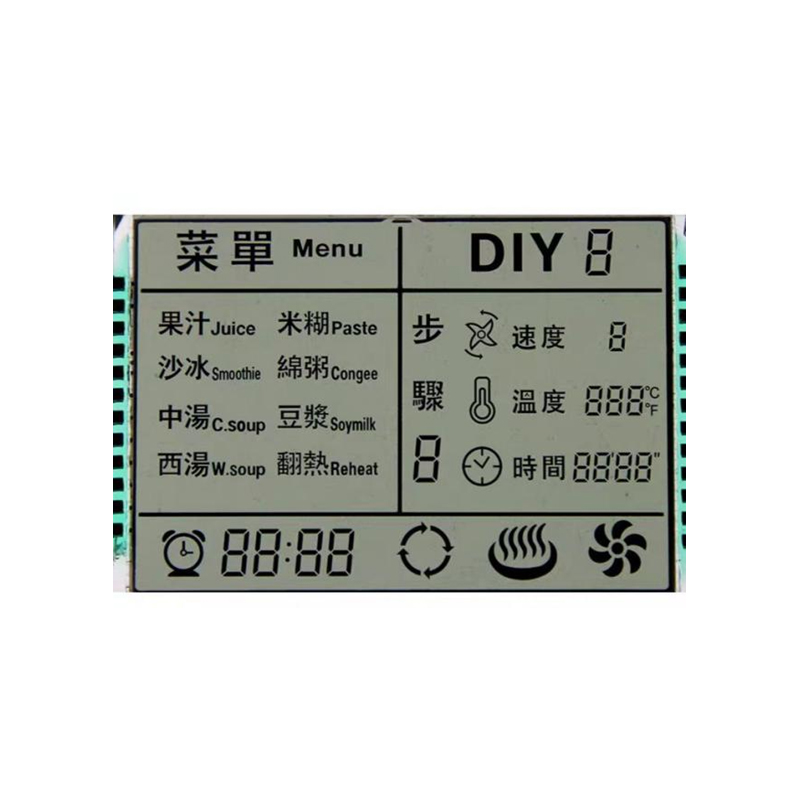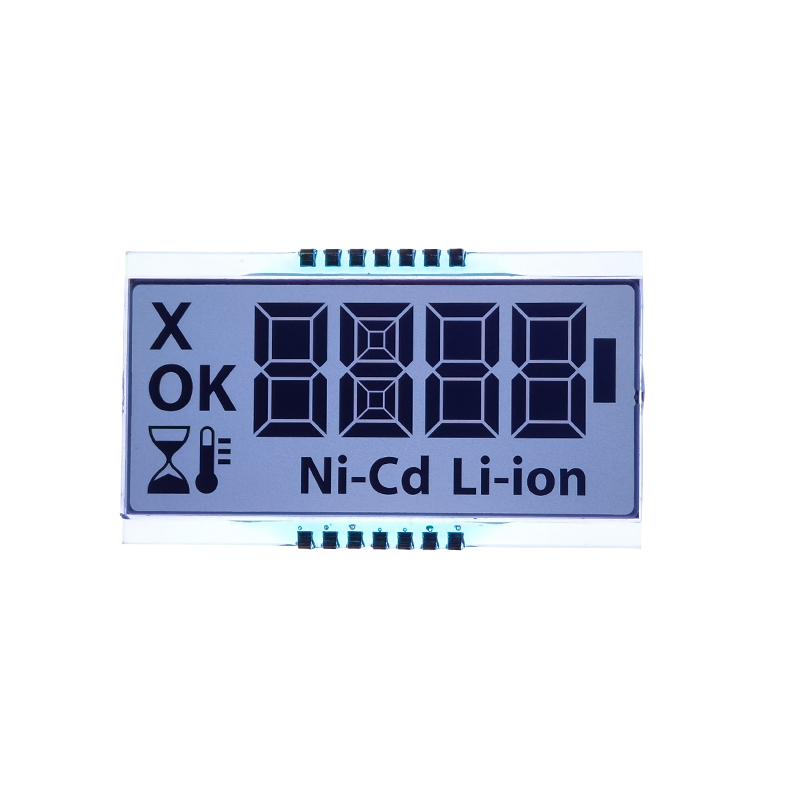
This guide explores the intricacies of G-OLED displays, covering their technology, advantages, applications, and future prospects. We delve into the key features that distinguish them from other display types, providing practical insights for those seeking to understand and utilize this advanced display technology. Learn about the differences between various G-OLED panel types and their suitability for different applications, along with considerations for choosing the right G-OLED display for your specific needs.
G-OLED (Glass-based Organic Light-Emitting Diode) displays represent a significant advancement in display technology. Unlike traditional LCDs, which require backlighting, G-OLED panels generate light directly from each pixel. This self-emissive characteristic results in superior picture quality with perfect blacks, infinite contrast ratios, and wide viewing angles. The glass-based aspect refers to the substrate material used, offering enhanced durability and improved manufacturing processes compared to plastic-based OLEDs.
G-OLED displays offer a compelling combination of features that make them highly desirable for various applications:
G-OLED technology is rapidly transforming the consumer electronics landscape. Premium smartphones, high-end televisions, and advanced gaming monitors are increasingly utilizing G-OLED displays to deliver superior visual experiences. The benefits of deep blacks, vibrant colors, and fast response times are highly valued by discerning consumers.
The automotive industry is embracing G-OLED for its high-resolution displays in dashboards and infotainment systems. The clear and bright images, even in direct sunlight, contribute to enhanced driver safety and a more engaging driving experience. The durability of glass-based G-OLED is also crucial in the demanding environment of a vehicle.
From digital signage to high-resolution displays in professional settings, G-OLED offers superior performance. The ability to attract attention with vibrant visuals makes it particularly suitable for retail environments and advertising applications. Its long lifespan also reduces maintenance costs.
| Feature | G-OLED Type A | G-OLED Type B |
|---|---|---|
| Resolution | 4K | 8K |
| Refresh Rate | 120Hz | 240Hz |
| Size | 55 inches | 65 inches |
| Brightness | 500 nits | 700 nits |
(Note: This is a simplified comparison. Actual specifications vary widely depending on the manufacturer and model.)
Ongoing research and development continue to push the boundaries of G-OLED technology. Improvements in efficiency, brightness, and cost-effectiveness are expected to make G-OLED displays even more accessible and prevalent in the years to come. The pursuit of larger sizes, higher resolutions, and improved burn-in resistance are key areas of focus.
For more information on advanced display solutions, consider exploring the possibilities with Dalian Eastern Display Co., Ltd. They offer a wide range of high-quality display options.
1 Data and specifications may vary depending on the manufacturer and model. Please consult individual product specifications for detailed information.

